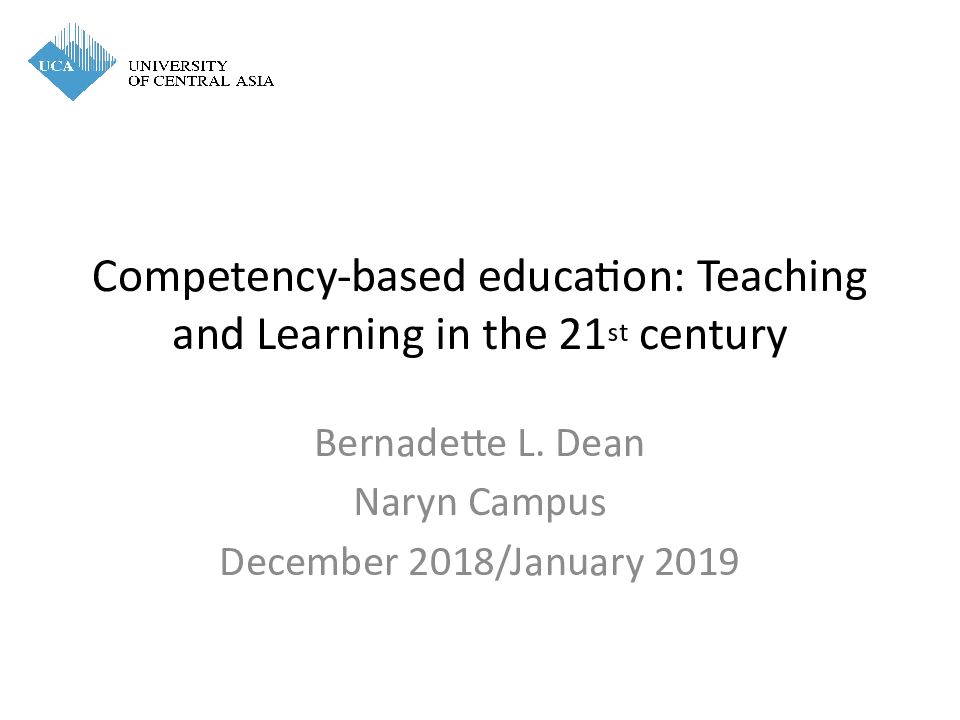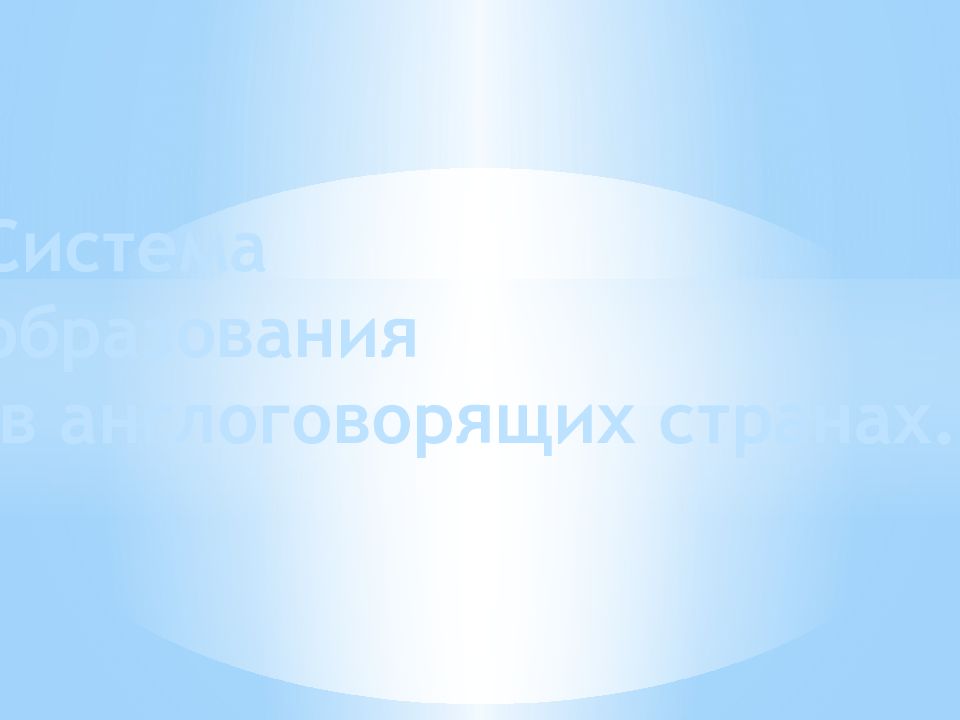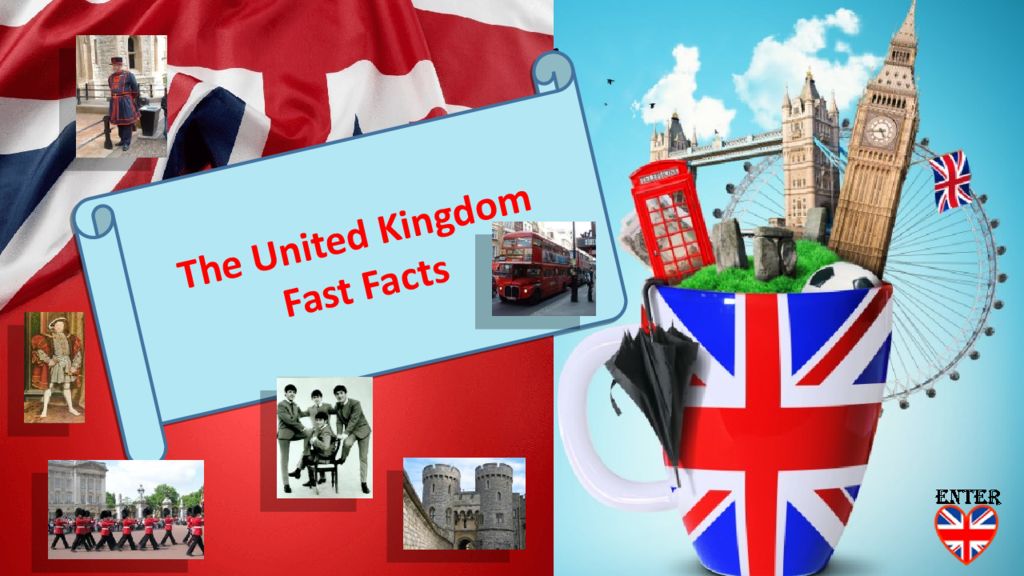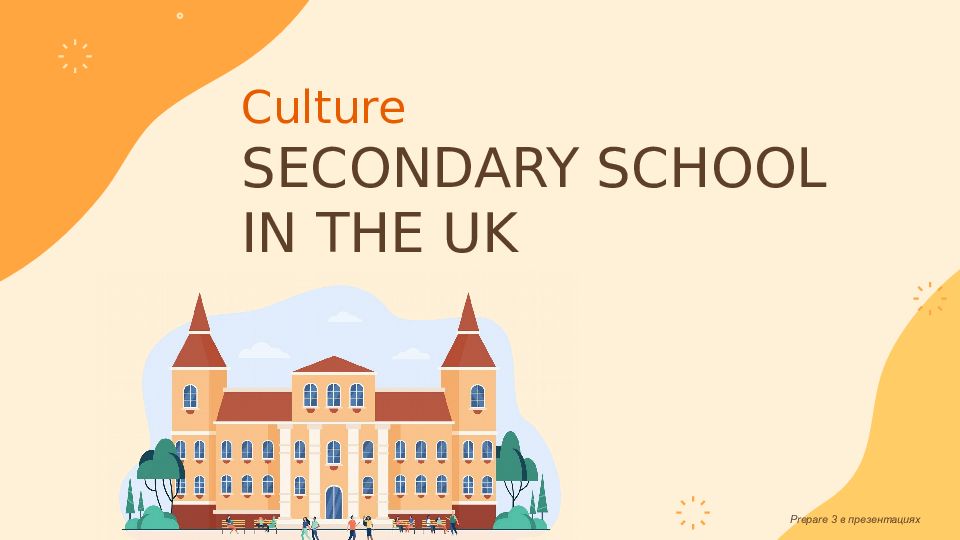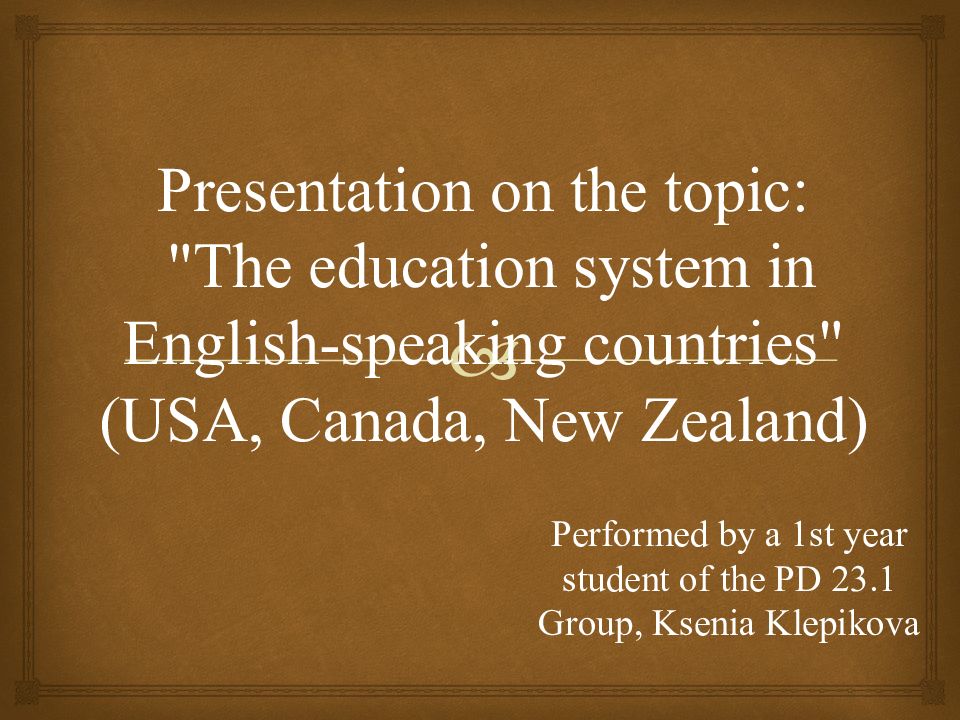Первый слайд презентации
Comparing the systems of education in Great Britain and Kazakhstan
Слайд 2
In Great Britain children start going to school when they are five and continue studying until they are 16 or older. Compulsory education begins at the age of five when they go to primary school. Primary education lasts for six years. First they attend the infant school from five to seven. In infant schools children don’t have real classes. Education in Great Britain Education in Kazakhstan We started school at the age of seven. After four years of primary school we went to secondary school. Primary and secondary schools together comprise eleven years of classes are compulsory in our republic.
Слайд 3
education – білім headmaster \ headmistress – директор timetable - сабақ кестесі state school - мемлекеттік мектеп secondary school - орта мектеп Secondary education- орта білім comprehensive school - жалпы білім беретін мектеп private school - ақылы мектеп primary school - бастауыш мектеп Faculty- факультет Deportment- кафедра Fee- оқуға ақша төлеу Law- заң Kindergarden - балабақша Technical school- техникалық мектеп
Слайд 4
There are also about 500 private schools in Great Britain. Most of these schools are boarding ones, where children live as well as study. Education in such schools is very expensive, that's why only 5 per cent of schoolchildren attend them. Private schools are also called preparatory (for children up to 13 years old) and public schools (for pupils from 13 to 18 years old ). Any pupil can enter the best university of the country after leaving this school. The most famous British public schools are Eton, Harrow and Winchester. " Kazakh language in the Republic of Kazakhstan 3838 Russian - language schools and 1442 schools ( secondary schools and institutions of higher education, with the exception of special schools ). At the same time, 13 of the 60 schools in the Uzbek language Uighur 8 school English at school, and 2 schools in the Tajik language. In addition, the 2161 school classes in two or more languages ", - the statement reads. UNLIKE THE SYSTEM OF EDUCATION
Слайд 5
Great Britain Kazakhstan Both EDUCATIONAL SYSTEM Go to school children in both the six and seven years old. Nine, eleven-year schools. They are the first kindergartens junior high school, middle school, high schools will be able to finish. Fee-paying schools, higher education institutions will be able to read. There are private schools.
Слайд 6
A primary school or elementary school is a school in which children receive primary or elementary education from the ages of about five to eleven, coming before secondary school and after preschool. It is the first stage of compulsory education in most parts of the world, and is normally available without charge, but may be offered in a fee-paying independent school. The term grade school is sometimes used in the US though this term may refer to both primary education and secondary education.
Слайд 7
The Constitution of the Republic of Kazakhstan protects the right to access to kindergarten Children typically start kindergarten at age 5. As of 2004, there were 100 kindergartens in the nation (83 public, 4 directly under the Ministry of Education, and 13 private) and 135 856 children enrolled in kindergartens (or 63% of the total number of 5-year and 6-year olds in the nation). Primary school in Kazakhstan typically starts at age 7 (some parents send their children to school, when they turn 6, very rarely - 8) and runs from years 1 – 4. Classes typically run in two sessions, from 8 until 1 and from 1 until 5, with students either going to class in the morning or in the afternoon. All primary schools are state-owned and primary and secondary education are constitutionally protected rights. The curriculum for both primary and secondary school is established by the Ministry of Education, with little choice left up to the individual schools. Textbooks are given by government in the schools to the students. Primary school is provided free to all citizens and residents of Kazakhstan and parents typically pay only for extra-curricular activities such as sports programs, music programs, and sometimes lab equipment or other special equipment. EDUCATION IN KAZAKHSTAN KINDERGARTEN SYSTEM
Слайд 8
The actual word "kindergarten", as one may guess, translates to "children's garden". Many private businesses in the USA name their day-care businesses 'Kindergarten' or ' Kindergarden '. Kindergarten establishment (day-care) in Germany are for pre-school children of all ages and are often run by churches, city or town administrations. Kindergartens (German plural Kindergärten ) in Germany are not a part of the actual school system, such as in the USA. Kindergartens often last only for half a day (morning or afternoon), though in many locations there are full-day kindergartens. Primary education generally begins when children are four to seven years of age. The division between primary and secondary education is somewhat arbitrary, but it generally occurs at about twelve years of age ( adolescence ); some educational systems have separate middle schools for that period. Primary and secondary education together are sometimes (in particular, in Canada and the United States ) referred to as " K-12 " education, (K is for kindergarten, 12 is for twelfth grade). EDUCATION IN GREAT BRITAIN KINDERGARTEN SYSTEM
Слайд 9
Compulsory secondary education begins when children are 11 or 12 and lasts for 5 years. Secondary school is traditionally divided into 5 forms: a form to each year. Children study English, Mathematics, Science, History, Art, Geography, Music, a Foreign language and have lessons of Physical training. Religious education is also provided. English, Mathematics and Science are called "core" subjects. At the age of 7,11 and 14 pupils take examinations in the core subjects. There are 3 types of state secondary schools in Great Britain. They are: 1) comprehensive schools, which take pupils of all abilities without exams. In such schools pupils are often put into certain sets or groups, which are formed according to their abilities for technical or humanitarian subjects. Almost all senior pupils (around 90 per cent) go there; 2) grammar schools, which give secondary education of a very high standard. Entrance is based on the test of ability, usually at 11. Grammar schools are single sexed schools; 3) modern schools, which don't prepare pupils for universities. Education in such schools gives good prospects for practical jobs. Education in Great Britain
Последний слайд презентации: Comparing the systems of education in Great Britain and Kazakhstan
There are 126 universities in Britain. They are divided into 5 types: The Old ones, which were founded before the 19th century, such as Oxford and Cambridge; The Red Brick, which were founded in the 19th or 20th century; The Plate Glass, which were founded in 1960s; The Open University It is the only university offering extramural education. Students learn subjects at home and then post ready exercises off to their tutors for marking; The New ones. They are former polytechnic academies and colleges. The best universities, in view of "The Times" and "The Guardian", are The University of Oxford, The University of Cambridge, London School of Economics, London Imperial College, London University College. Universities usually select students basing on their A-level results and an interview. After three years of study a university graduate get the Degree of a Bachelor of Arts, Science or Engineering. Many students then continue their studies for a Master's Degree and then a Doctor's Degree (PhD).h schools is very expensive, that's why only 5 per cent of schoolchildren attend them. Private schools are also called preparatory (for children up to 13 years old) and public schools (for pupils from 13 to 18 years old ). Any pupil can enter the best university of the country after leaving this school. The most famous British public schools are Eton, Harrow and Winchester.











